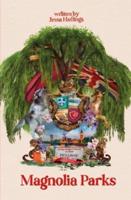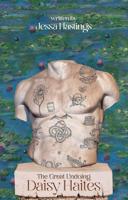Publisher's Synopsis
This historic book may have numerous typos and missing text. Purchasers can usually download a free scanned copy of the original book (without typos) from the publisher. Not indexed. Not illustrated. 1911 edition. Excerpt: ...Watertight slide valves are provided to the trunks through which air can be supplied if necessary. These will be closed when cooling. The refrigerating machinery compartment contains the CO2 machine, the brine tank, and the ice tank. Steel Mast Building. Sketches of the mast are prepared, showing the disposition of the butts, riveting, extent of doubling, etc. The butts of the plates must be arranged so that there shall not be more than one butt in the same cross section as shown. The edges are Cross Stays connected to T bars, the several lengths being strapped as shown, the thickness of the straps being, '(i inch more than that of the mast plates, the riveting being of the special description shown. Cross stays, connected to the T bars, are worked at intervals of two feet, alternately, these also being of T bar (p. 170). The plates are lined off to the correct dimensions, this being one-third or one-fourth of the circumference for the width, according as this is made up of three or four plates, and the holes in edges and butts marked off. The holes are punched and countersunk, and the edges and butts planed, after which the plates are rolled to the correct form, as shown by section moulds made to the inner surface of the plate. All the plates are of the same length, except those at the top and bottom of the mast. In order to build up the mast, a series of bearers is prepared, their upper surfaces levelled, and on these the plates forming one strake of the mast are laid with their edges in line, as checked by a chalk line, and the butt straps placed in position, marked off, drilled and bolted. The T bars are next placed in position, having previously been bent, and held temporarily in place by means of boiler screws, and the holes drilled..





